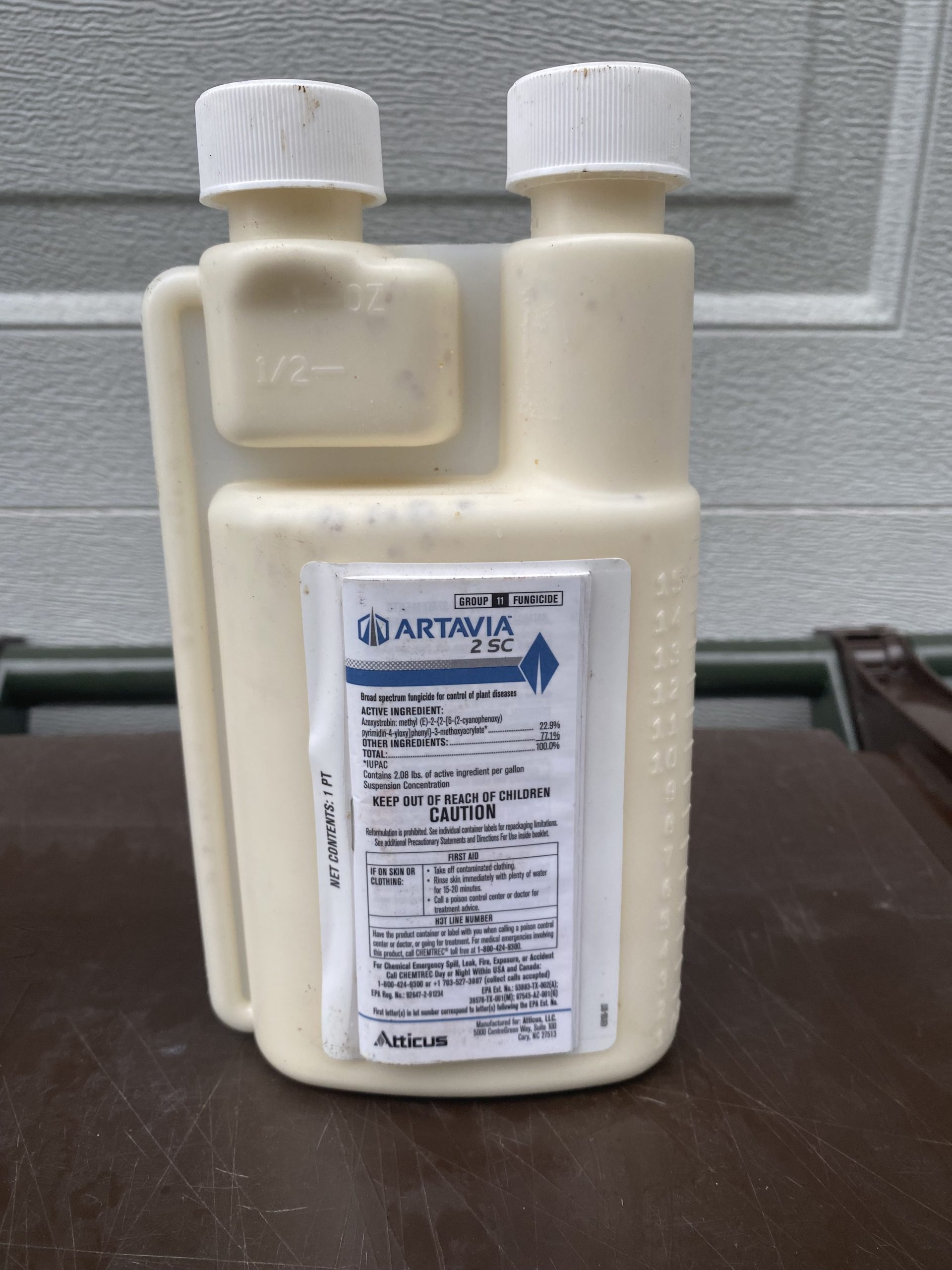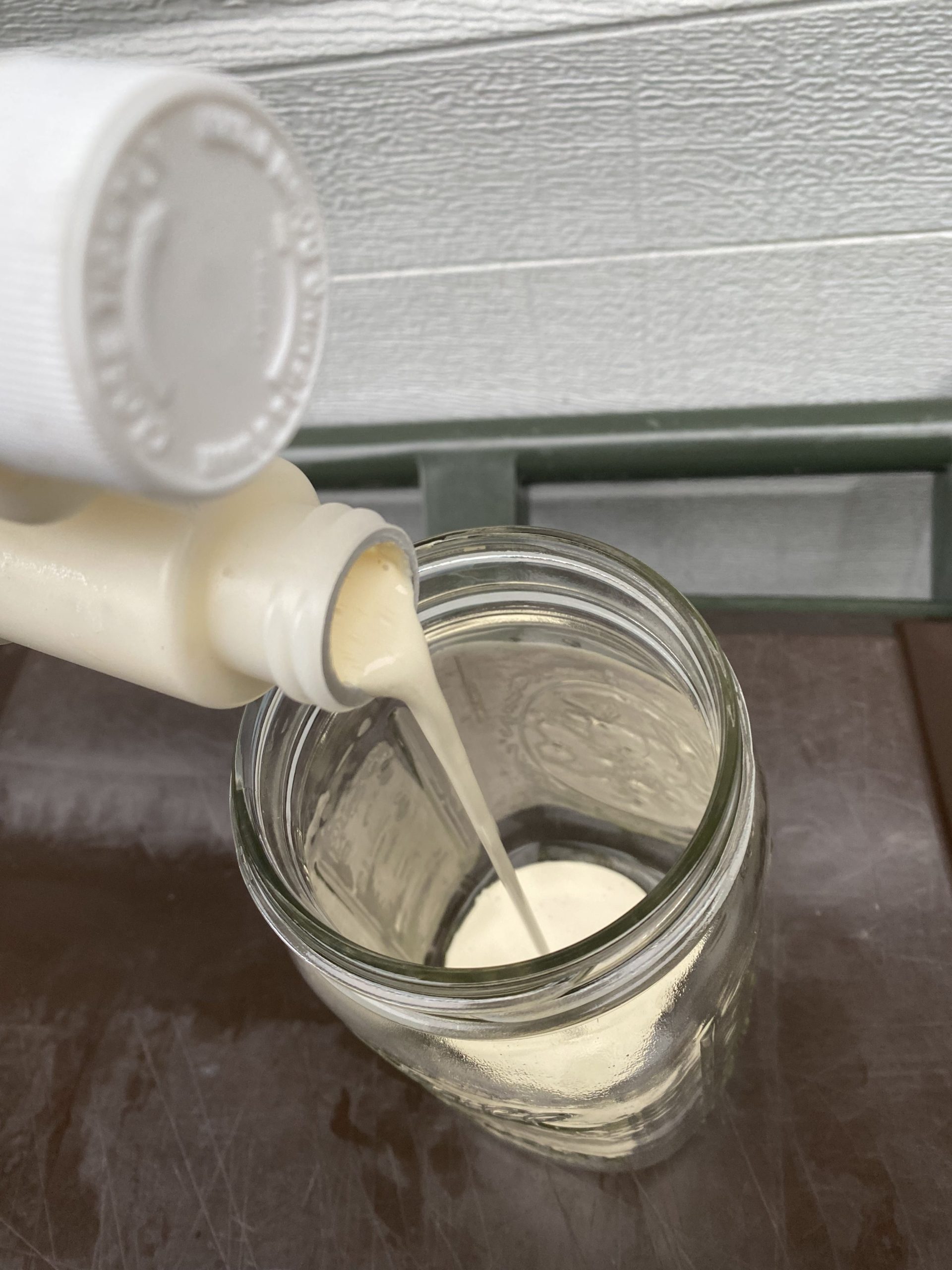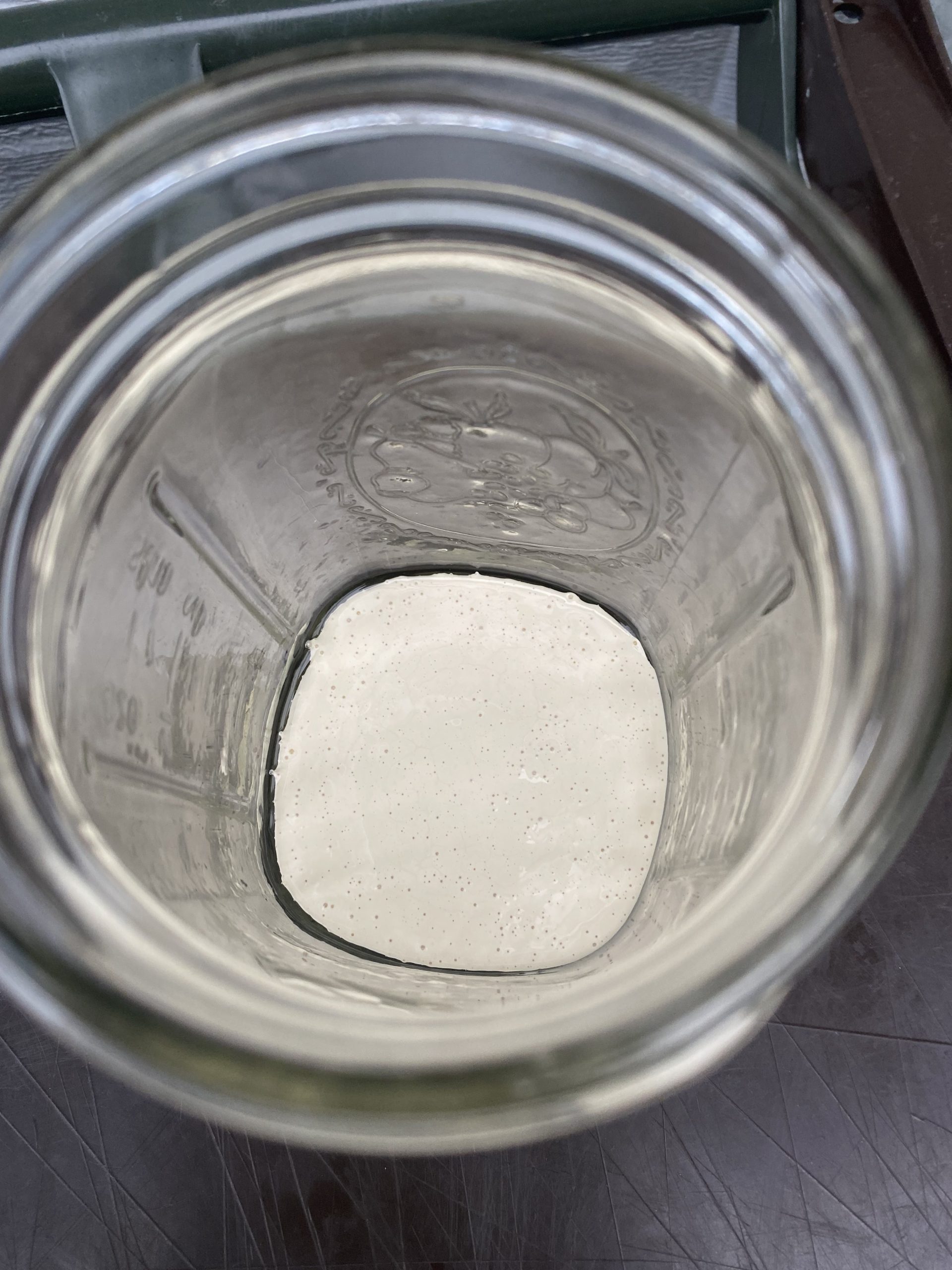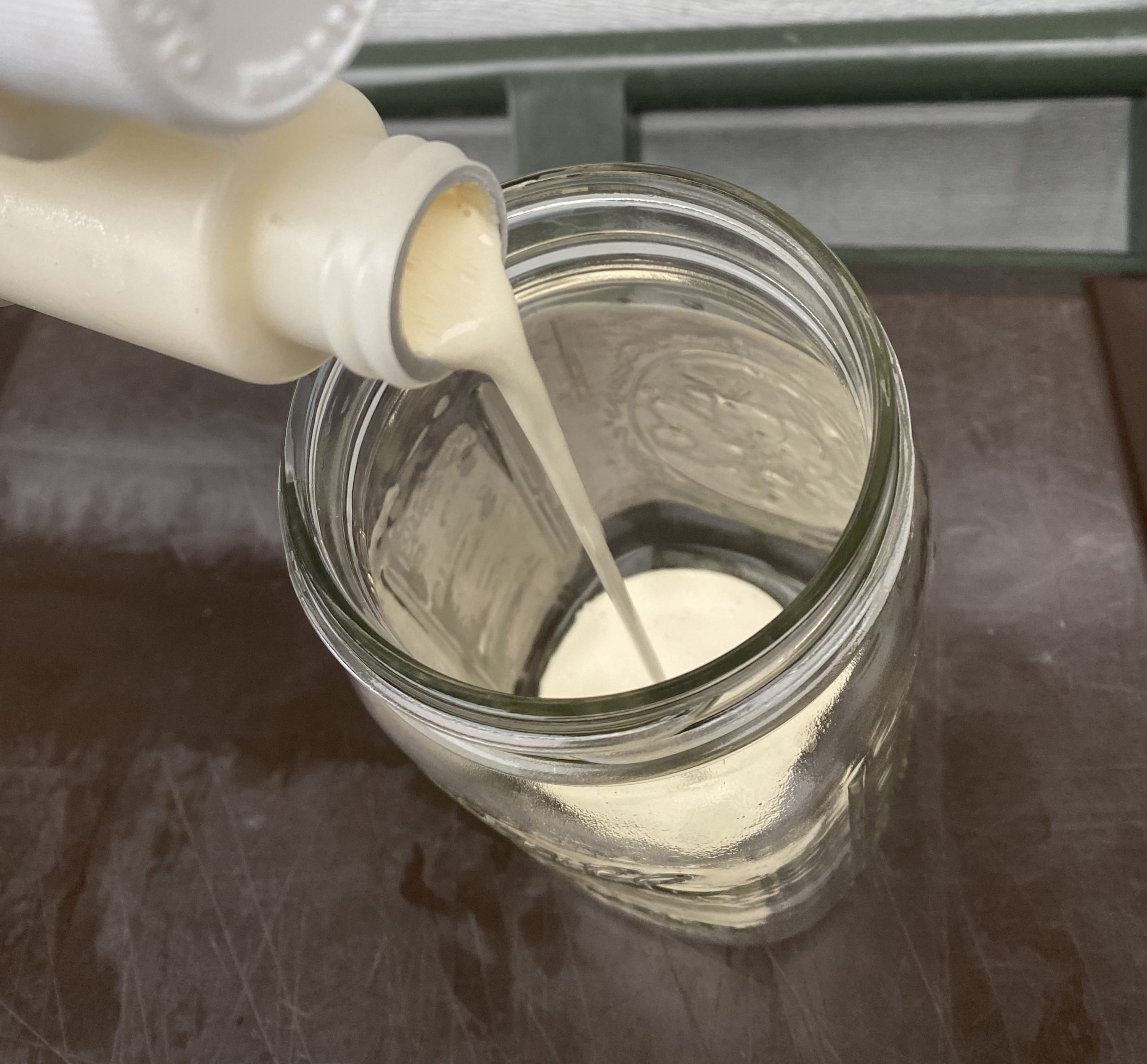Preventing lawn diseases doesn’t have to be a matter of chance. Many fungal diseases that affect turf grasses can be prevented as well as effectively controlled with the use of fungicides such as azoxystrobin. Azoxystrobin is a popular lawn fungicide used to prevent and control disease in lawns, gardens, various plant types, and food crops. Approved by the EPA and popularly used by golf courses to control fungal diseases, azoxystrobin is featured in various products for use in both commercial and residential settings. As a preventative and curative control, the active ingredient in azoxystrobin can be part of your turf grass care routine if you’re concerned about fungal diseases. You can make azoxystrobin part of your lawn disease and pest control routine (but use pesticides to kill harmful pests).
What Is Azoxystrobin Fungicide?
Azoxystrobin is an EPA-approved broad-spectrum systemic fungicide with preventative and curative properties. It is one of the only fungicides approved by the FDA to protect against each major group of fungal diseases. This broad-spectrum fungicide works by inhibiting mitochondrial respiration of fungal cells, disrupting their metabolic pathways. As a result, the fungi cannot complete its metabolism processes, converting food into energy it can use to grow. The active ingredient in azoxystrobin binds to cytochrome B and stops electron transport. The fungal disease basically ‘starves’ and cannot complete spore germination or, ultimately, survive to harm your plant or turf grass.
Today, EPA-approved azoxystrobin fungicide is widely used to protect agricultural crops from fungal plant diseases is used as a curative control like pesticides are used to cure pest problems. Because of its low toxicity where humans, birds, and mammals are concerned, this broad spectrum systemic fungicide is a preferred preventative and curative control of fungi for agriculture crops, the turf at golf courses, and residential landscapes. Always wear personal protective equipment when applying chemicals like azoxystrobin fungicides or pesticides to your agriculture crops or turf grass.
On the other hand, do not introduce azoxystrobin fungicide to an aquatic environment; its active ingredients have acute toxicity for freshwater fish. When used as a flowable fungicide, azoxystrobin applications consistent with federal regulations are required to ensure the environmental safety of turf, crops, and water bodies, according to the EPA. Azoxystrobin is available in liquid or granule forms. Most people use liquid azoxystrobin in their landscape as well as liquid pesticides.
What Is Azoxystrobin Fungicide Used for?
As an EPA approved broad spectrum systemic fungicide, azoxystrobin is an important agricultural fungicide used as a preventative and curative control of fungal diseases that affect crops. Azoxystrobin fungicide also offers effective disease control for residential and commercial turf grasses. Azoxystrobin is widely used for multiple plant types, crops, golf courses, and home lawns. Azoxystrobin fungicide is particularly effective at combating brown patch fungi diseases in turf grass in yards and golf courses. Azoxystrobin is also effective for killing plant molds and mildew.
It’s important to identify the disease in question. You may need a pesticide rather than a fungicide to treat your lawn. Conversely, a pesticide may not be effective for treating your lawn diseases.



When to Apply Azoxystrobin Fungicide
Azoxystrobin is extremely effective as a preventative broad spectrum systemic fungicide that can be used to guard against the development of fungal diseases in lawns and crops. Ideally, you should plan to apply azoxystrobin fungicide when soil temperatures rise above 65 degrees Fahrenheit. Avoid applying Azoxystrobin if you are expecting rainfall within two days of your application and avoid mowing your turf for two days after the application of azoxystrobin or pesticides for best results.
Concentrations of azoxystrobin fungicide with methyl ester products vary, so read the label directions carefully before using to prevent or control fungi infections. The amount of the active ingredients you apply on each plant may also vary if you are using azoxystrobin fungicide as a preventive or curative control. You may apply the highest concentrations recommended on the azoxystrobin fungicide product label for brown patch disease control or other fungal diseases. Read the label directions of your azoxystrobin fungicide product before using to control fungi diseases impacting your turf or plants.
As another word of advice, remember to switch up the use of your broad-spectrum fungicides like azoxystrobin. Otherwise, the risk is that the fungal diseases impacting your lawn will develop fungicide resistance to azoxystrobin or any other fungicide or pesticide you use exclusively. Alternative azoxystrobin fungicide with another broad-spectrum systemic fungicide such as propiconazole, another effective preventative and curative control, is less expensive than azoxystrobin. Although azoxystrobin is more costly, it is highly effective. Costs of azoxystrobin fungicide products vary by product.
Consider switching between products like Artavia 2SC and Propiconazole 14.3 on your turf grass. Remember to wear chemical-resistant gloves and other personal protective equipment when using these fungicides or chemical products on a plant that leaves chemical or pesticide residues or with known toxicity markers. As with pests and pesticides, fungi can become resistant to azoxystrobin or other fungicides if used exclusively.
Azoxystrobin Fungicide FAQs
Is azoxystrobin toxic to humans?
Azoxystrobin fungicide has low toxicity for humans. Azoxystrobin is an EPA-approved chemical. Still, you should wear chemical-resistant gloves when using azoxystrobin fungicide or any fungicide (or any chemical leaving pesticide residues) as a routine safety precaution when treating any plant. However, azoxystrobin broad spectrum systemic fungicide is associated with low toxicity for humans. Azoxystrobin is, on the other hand, highly toxic to freshwater fish and aquatic environments thanks to its curative properties. It may not be legal in every country but it is approved for use in the U.S. You can check with the EPA to determine if the pesticide or fungicide products you intend to use are legal.
Can you mix propiconazole and azoxystrobin fungicides?
Yes. In fact, there are broad-spectrum fungicide commercial products available that combine these two broad-spectrum fungicides and their active ingredients. Both propiconazole and azoxystrobin work by inhibiting fungicidal activity, which is a reliable control method of fungi plant diseases. While there are significant differences in how these broad spectrum fungicides control and inhibit the growth of fungi (i.e. by electron transport or causing negative effects to the cell walls of fungi), both fungicides, azoxystrobin and propiconazole, and their combination, are effective control for managing fungi diseases in plants and turf.
What is azoxystrobin tebuconazole?
Broad spectrum fungicide products or strobilurin fungicides that contain both azoxystrobin and tebuconazole fungicides are effective preventative and curative control options for managing fungal plant diseases in crops, lawns, and other plants. Both fungicides work together to disrupt the metabolism of fungi, preventing their spore germination and growth. Combining azoxystrobin and tebuconazole is a useful control method when the disease is already present in your plants or crop’s plant roots.
What fungicide group is azoxystrobin?
Azoxystrobin fungicide with methyl ester is in fungicide Group 11 FRAC. Azoxystrobin is a broad-spectrum fungicide that is the only fungicide that can kill major plant diseases in all major fungi groups. The active ingredient in azoxystrobin is β methoxyacrylic acid. Azoxystrobin offers a novel mode for the treatment of fungal disease. Azoxystrobin residues work to disrupt the metabolism of fungi cells. Some products may contain kresoxim-methyl. Choose a heritage fungicide or other type that meets your lawn needs.
How long does azoxystrobin last?
When applied at its recommended highest concentrations, azoxystrobin residues, like pest control residue, will continue to work as a preventative and curative control of fungal diseases in turf grass and crops for 28 days. Read the label instructions on your azoxystrobin to find out how long the azoxystrobin active ingredients will work to protect your lawn and plants from diseases. The time it takes azoxystrobin to work on plant roots depends on the amount of disease present in your plants – as with pesticides, the time it takes to work varies.
Is azoxystrobin safe to apply to shrubs?
To prevent or treat fungal diseases affecting shrubs, you should check the label of your azoxystrobin fungicide product or other broad-spectrum fungicide control or pest control product. Azoxystrobin is not the only fungicide that can kill fungal diseases in turf, crops, and plants. Be sure to read chemical label directions carefully before applying broad spectrum fungicide products like azoxystrobin with their systemic properties or other products with pesticide residues to any plant.
Can you apply azoxystrobin with pesticides or fertilizer?
Some fungicides like strobilurin fungicides and azoxystrobin work well to protect plants from fungal infections. However, you should avoid applying pesticides, fertilizer, and azoystrobin on your turf or plants. Read label instructions of your azoxystrobin or pesticide products for more details about combination usage to treat or cure plant diseases. Do not combine azoxystrobin with other products like pest control or pesticide products to ensure safe use.
What plant diseases can azoxystrobin kill?
You can use azoxystrobin with its systemic properties to prevent and treat diseases such as: patch diseases, mildew, molds, leaf spot diseases, stem and root diseases, and leaf and stem blights. Read the product label of your azoxystrobin product to determine if the active ingredient or ingredients it contains can treat the diseases affecting your plant or lawn. Be sure to identify the problem correctly. You may need a pesticide rather than a fungicide to treat your lawn or plants.

